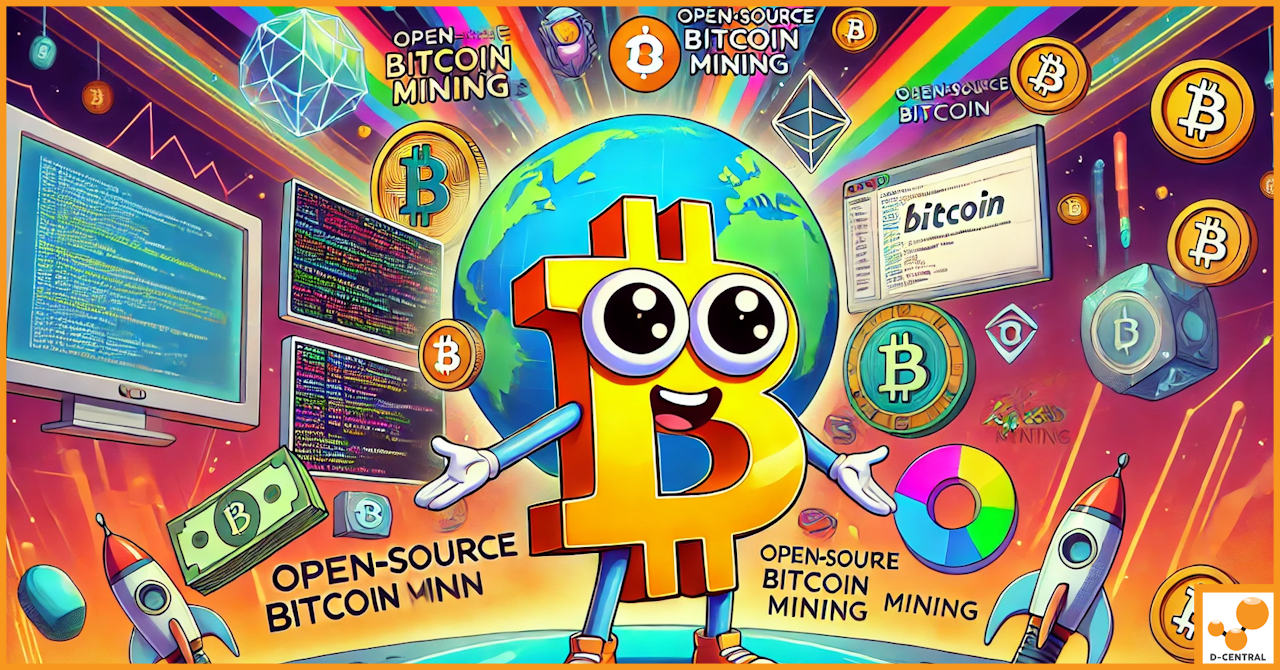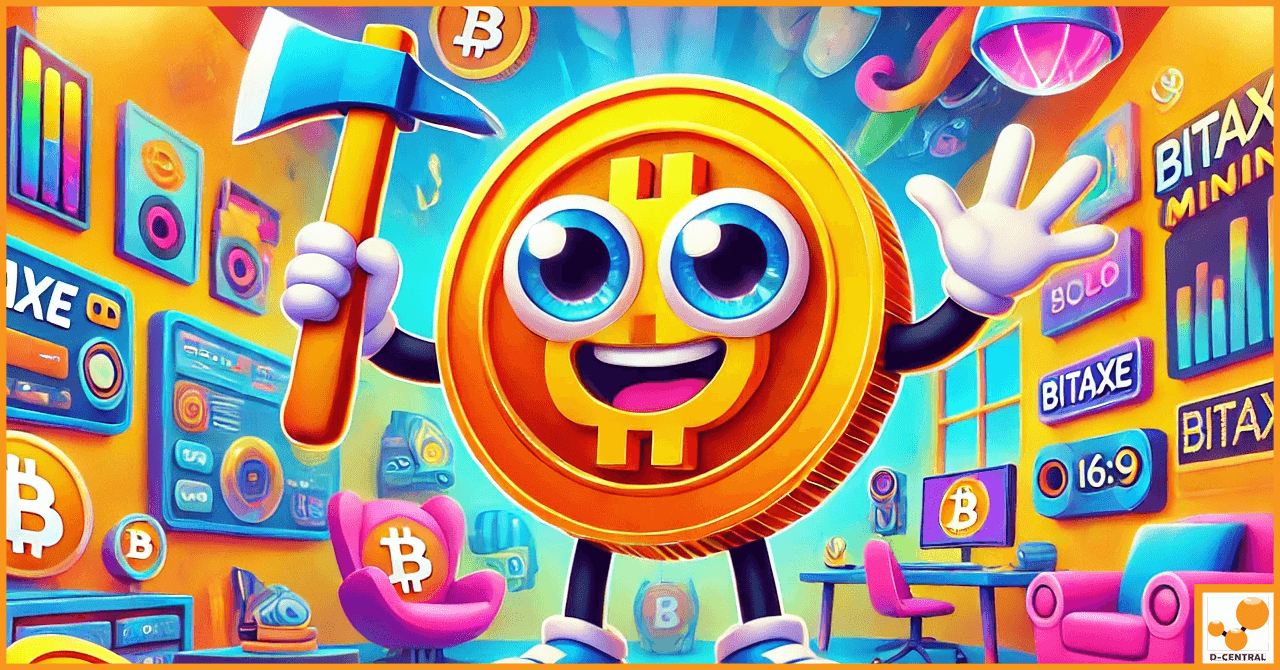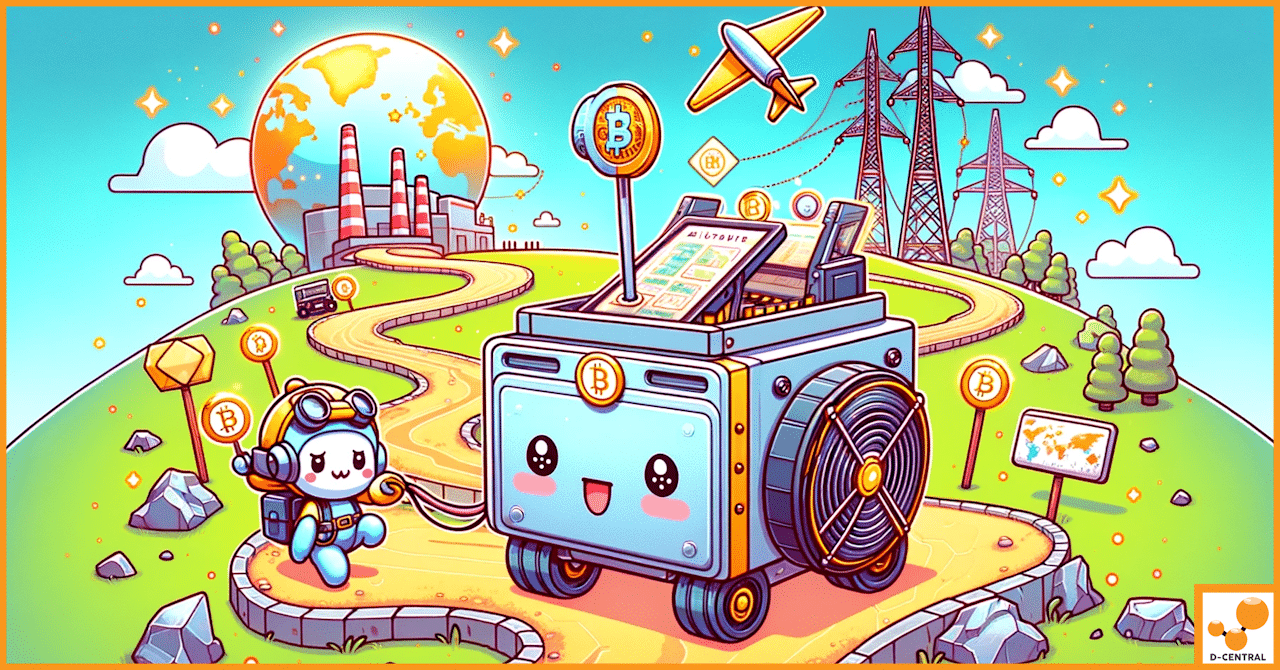
Harnessing Bitcoin Miners’ Heat: A Win-Win for Universities and Colleges
The Bitcoin mining process is a complex operation that involves solving mathematical puzzles to add transaction records to the public
4479 Desserte Nord Autoroute 440, Laval, QC H7P 6E2

Discover the world of open-source Bitcoin mining with D-Central Technologies. Learn about innovative hardware, efficient software solutions, and how you can contribute to the decentralization of cryptocurrency.
Bitcoin mining has come a long way since its inception. What started as a process that could be done on standard home computers has evolved into a sophisticated industry with specialized hardware and software. Let’s take a journey through this evolution:
Throughout this evolution, open-source projects have played a crucial role. Software like CGMiner and BFGMiner have provided miners with powerful, customizable tools that adapt to various hardware configurations.
Open-source mining solutions promote transparency, security, and innovation in the Bitcoin ecosystem. They allow miners to verify the code running on their machines, contribute improvements, and customize their setups for optimal performance.
Open-source hardware in Bitcoin mining encompasses a range of devices designed with the principles of accessibility and modifiability in mind. These solutions cater to miners who value transparency, customization, and community-driven development. Let’s explore some of the innovative open-source hardware options available:
The Bitaxe series, developed by Open Source Miners United (OSMU) and manufactured by D-Central Technologies, represents a significant advancement in open-source mining hardware. These devices offer an excellent balance of performance, efficiency, and accessibility for miners of all levels.
The Bitaxe series exemplifies the power of open-source hardware, allowing miners to choose a device that matches their needs and expertise level while benefiting from community-driven improvements and support.
The NerdAxe is an innovative open-source mining upgrade kit designed by Bitmaker and part of the OSMU product line. It offers a significant performance boost for those who already own NerdMiners:
The PiAxe, designed by Thomas Shufps and part of the OSMU product line, is a Raspberry Pi Hat that brings Bitcoin mining capabilities to the popular single-board computer:
The effectiveness of open-source Bitcoin mining hardware is greatly enhanced by the software that powers it. Let’s explore some of the key software solutions that enable miners to optimize their operations:
CGMiner is one of the most popular and versatile open-source mining software solutions available. It supports a wide range of mining hardware, including ASICs, FPGAs, and GPUs.
BFGMiner is another powerful open-source mining software that offers a range of features for optimizing mining operations:
BraiinsOS is an open-source operating system for ASIC miners that offers enhanced performance and features:
Stay ahead of the curve with D-Central’s cutting-edge open-source mining solutions. From innovative hardware like the Bitaxe series to comprehensive support and community resources, we’re committed to shaping the future of decentralized Bitcoin mining.
Ready to dive into the world of open-source Bitcoin mining? Here’s a step-by-step guide to help you get started:
Select the right open-source mining hardware for your needs:
Install and configure your chosen mining software:
For consistent rewards, consider joining a mining pool:
Fine-tune your mining operation for best results:
Keep your mining operation running smoothly:
Leverage the power of the open-source community:
Open-source Bitcoin mining represents more than just a way to earn cryptocurrency; it’s a commitment to the principles of decentralization, transparency, and community-driven innovation that are at the heart of the Bitcoin ecosystem. By choosing open-source solutions, you’re not just mining for profit—you’re contributing to the resilience and evolution of the Bitcoin network.
As we’ve explored in this guide, open-source mining offers numerous advantages:
As you embark on your open-source mining journey, remember that you’re not just investing in hardware or software—you’re investing in the future of decentralized finance and the ongoing revolution of the global monetary system.
At D-Central Technologies, we’re committed to empowering miners with cutting-edge open-source solutions. From our innovative Bitaxe series to our comprehensive support and community resources, we’re here to help you succeed in your mining journey.
Take the first step towards decentralized mining today. Explore our products, join our community, and become part of the open-source mining revolution.
DISCLAIMER: D-Central Technologies and its associated content, including this blog, do not serve as financial advisors or official investment advisors. The insights and opinions shared here or by any guests featured in our content are provided purely for informational and educational purposes. Such communications should not be interpreted as financial, investment, legal, tax, or any form of specific advice. We are committed to advancing the knowledge and understanding of Bitcoin and its potential impact on society. However, we urge our community to proceed with caution and informed judgment in all related endeavors.
Related Posts

The Bitcoin mining process is a complex operation that involves solving mathematical puzzles to add transaction records to the public

Are you ready to take control of your cryptocurrency mining journey? Look no further than the Bitaxe series from D-Central

In the dynamic world of Bitcoin mining, strategic relocation has emerged as a pivotal factor for operational sustainability and profitability.